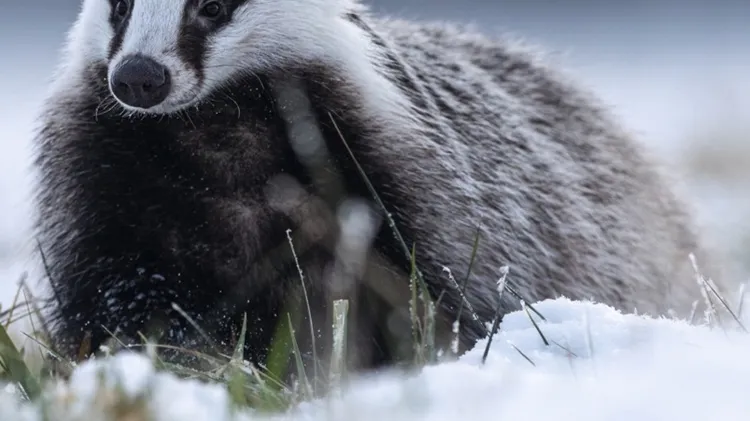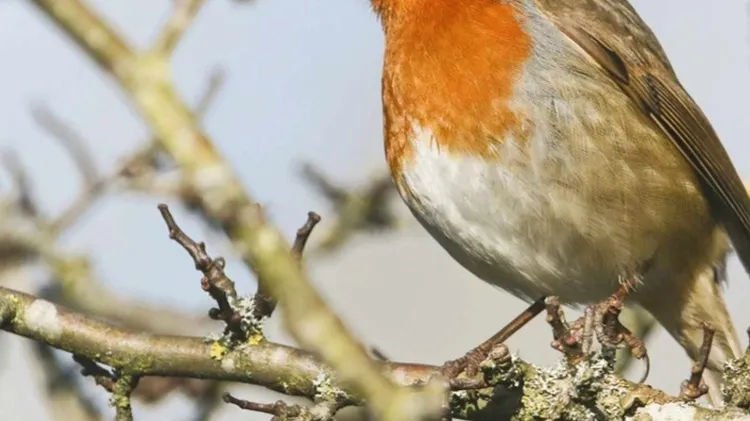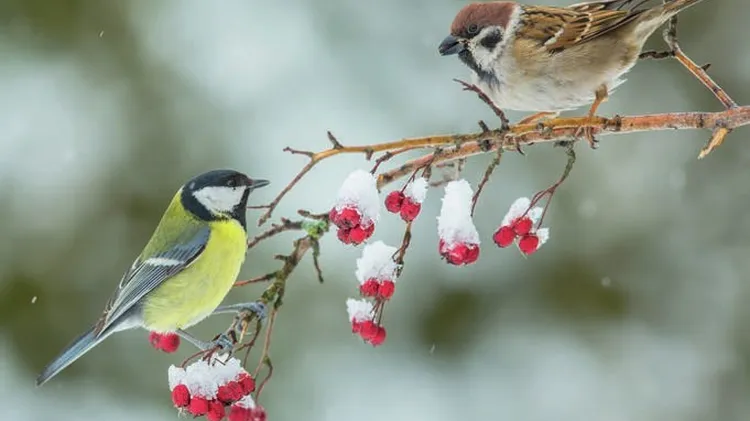Enjoy the vibrancy of the season in our new column on mindful walks
Spring zing
1 min read
This article is from...
Read this article and 8000+ more magazines and newspapers on Readly






